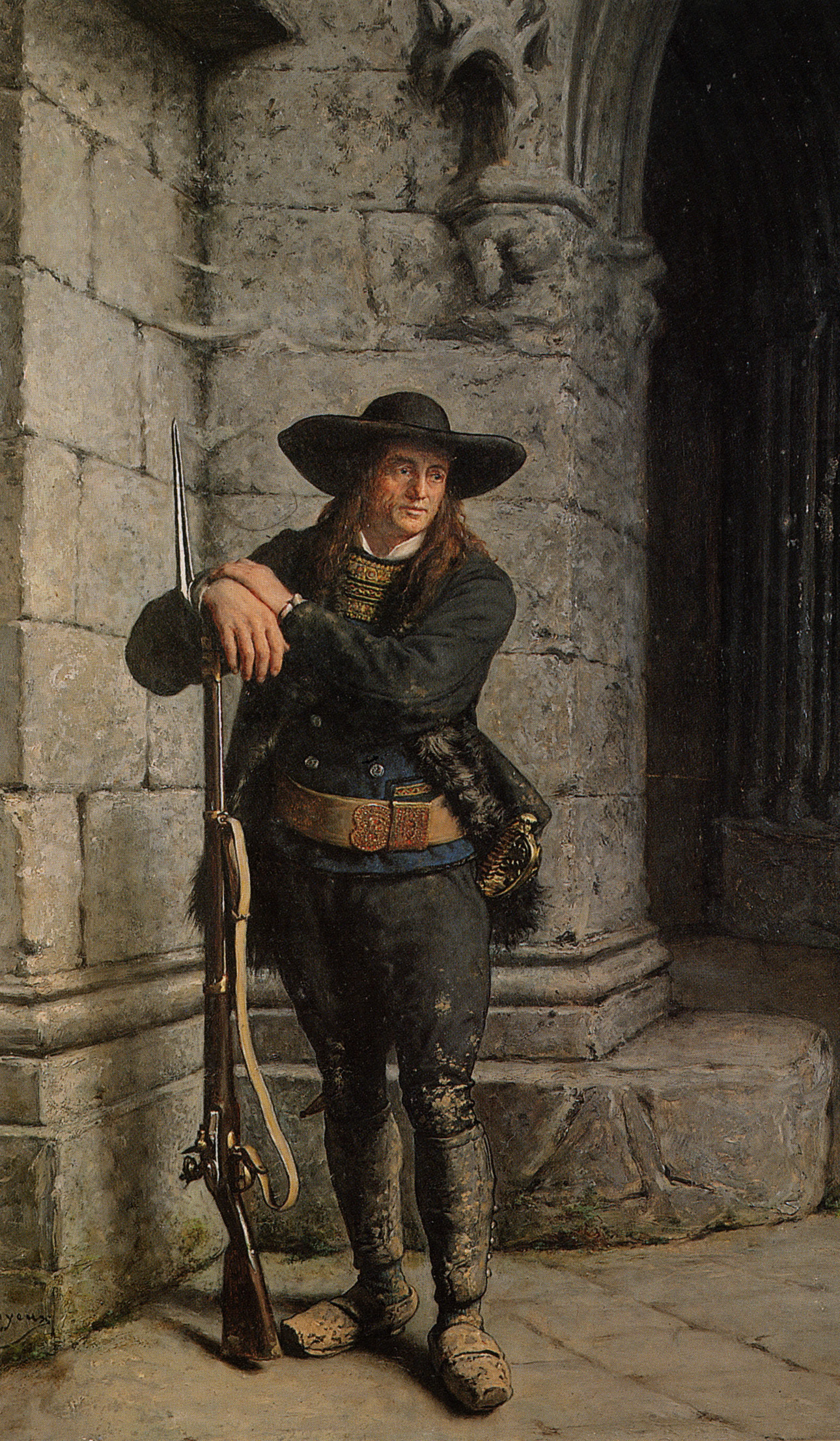|
Chouan
Chouan ("the silent one", or "owl") is a French nickname. It was used as a nom de guerre by the Chouan brothers, most notably Jean Cottereau, better known as Jean Chouan, who led a major revolt in Bas-Maine against the French Revolution. Participants in this revolt – and to some extent French anti-Revolutionary activists in general – came to be known as ''Chouans'', and the revolt itself came to be known as the ''Chouannerie''. Origin of the word Jean Cottereau and his brothers all inherited the nickname Chouan from their father, a clog merchant and ''homme honorable'' from Saint-Berthevin in Mayenne, on the border with Brittany. One view is that this nickname originated from his talent for impersonating the cry of the owl (''chouette'' in French), or specifically the tawny owl, which was called ''chouan'' in old French (French ''chat-huant''), a designation that survived in the western '' langue d'oïl'' dialect spoken in Mayenne. According to another authority, the onl ... [...More Info...] [...Related Items...] OR: [Wikipedia] [Google] [Baidu] |
Jean Chouan
Jean Chouan () was the nom de guerre of the Frenchman, Jean Cottereau, who was born in Saint-Berthevin, near Laval, in the department of Mayenne on 30 October 1757 and died 18 July 1794 in Olivet, Mayenne. He was a counter-revolutionary, an insurrectionist and a staunch royalist. Of the four Cottereau brothers—Jean, Pierre, François, and René—Jean, the second-born, was the one called ''chouan'' ("the silent one") by their father. Others say his nickname came from an imitation of the call of the tawny owl (the ''chouette hulotte'') he customarily used as a recognition signal. Less flatteringly, Jean's young comrades nicknamed him "the boy liar" (''le Gars mentoux'' or ''le garçon menteur''). The 1926 Luitz-Morat film '' Jean Chouan'' starred Maurice Lagrenée as Chouan. Reliability of sources Much of the biographical material on Jean Chouan is based on the work of Jacques Duchemin des Cépeaux, in a work written in 1825 at the request of the king, Charles X, who r ... [...More Info...] [...Related Items...] OR: [Wikipedia] [Google] [Baidu] |

